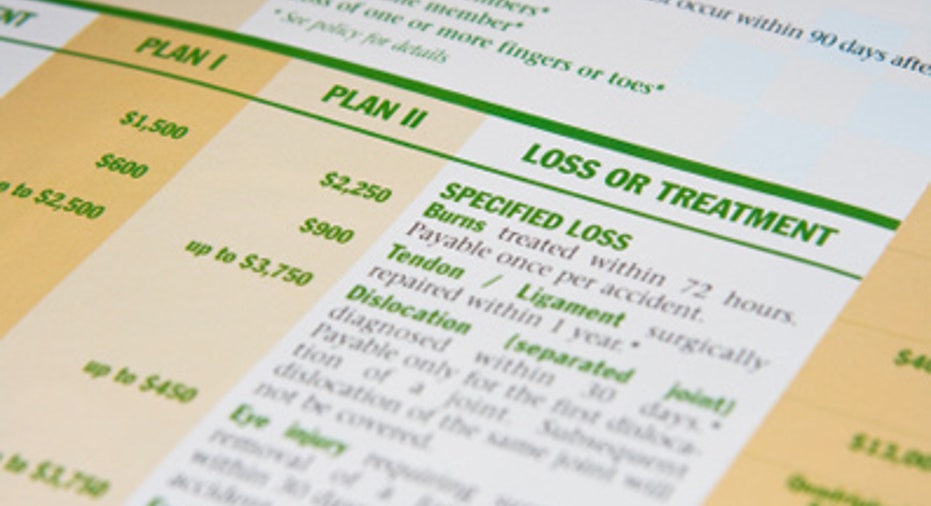Three Ways to Save Money on Medical Costs

These days, comparing medical costs is easier than ever. Thirty states are now asking hospitals to list some prices for medical services, according to the National Conference of State Legislatures. Some insurance companies list prices for routine procedures on their websites.
That's good news, considering that health care prices are all over the spectrum. "Medical costs differ greatly among providers," says Jane Cooper, president and CEO of the Milwaukee-based patient advocacy group Patient Care. "Prices can vary as much as 300% or even more."
Improvements in cost transparency come at a time when consumers are experiencing higher out-of-pocket medical costs and premiums. An average U.S. family spends five times more on medical costs than they did five years ago, according to the health care expense-tracking site Simplee.com.
Luckily, there are innovative ways to compare and slash medical costs -- including naming your own price -- that can give you negotiating power with your doctor or hospital and save you thousands of dollars. Here's a rundown of ways to save.
Understand your costs. "To find ways to save, you need to understand how much you spend," says Tomer Shoval, CEO of Simplee. "This is the first step." Tracking your medical spending using software such as Quicken allows you to monitor medical billing errors and make sure you're not overpaying for a service. Simplee also has a free health care expense-tracking service that links to your health insurance account.
Make use of price-comparison sites. More medical price comparison sites are popping up to slice and dice medical expenses. Typical procedures such as hip replacements or colonoscopies are the easiest to compare, says Cooper. Searches in cities yield more choices than rural areas, where you're "grateful to have a surgeon," she says.
HealthcareBlueBook.com, started in 2009, is especially useful, says Cindy Holtzman, founder of the insurance and medical bill advocacy firm Medical Refund $ervice Inc. The Healthcare Blue Book, a free service, lists fair prices for surgeries, office visits, medical tests, dentistry and other services in your area.
Holtzman also suggests trying PriceDoc.com and myMedicalCosts.com. PriceDoc.com covers diagnostic and wellness service pricing and even allows you to bid online for a procedure. MyMedicalCosts.com provides average medical prices and doctor ratings.
Daily deal sites such as Groupon, LivingSocial and Daily Dibs are even getting into the act. While not every deal offered is for a medical-related treatment, you can find the occasional discount on some health care services, such as Lasik, the laser vision-correction surgery, or teeth whitening.
Buying discounted medical procedures, especially given the tight time limits for decision-making, isn't always a practical medical strategy. But Cooper says that these sites do serve a useful purpose: They allow consumers to compare cost and quality.
Think outside the (medical) box. Going to the emergency room is a costly way to treat routine health issues. Use the Internet to scout out cheaper medical options. For example, urgent care facilities can treat sprains, burns and many illnesses at a lower cost. Walk-in retail clinics, such as the ones at select Rite Aid and Walgreens locations, can offer lower medical costs for treating common illnesses such as flu or strep.
For full-blown surgeries, consider licensed ambulatory surgery centers. Costs at these centers are typically 40% less than they are at hospitals, says Nicholas Newsad, author of "The Medical Bill Survival Guide." These centers can lower costs because they focus strictly on surgeries rather than on high-cost services used in emergency rooms, he says.
If you do need a hospital, nonprofits are cheaper than for-profits. Outpatient surgery done at a for-profit hospital is significantly cheaper than it is at a nonprofit, Holtzman says. Hospital websites typically state their status. University hospitals also have lower prices, she says.